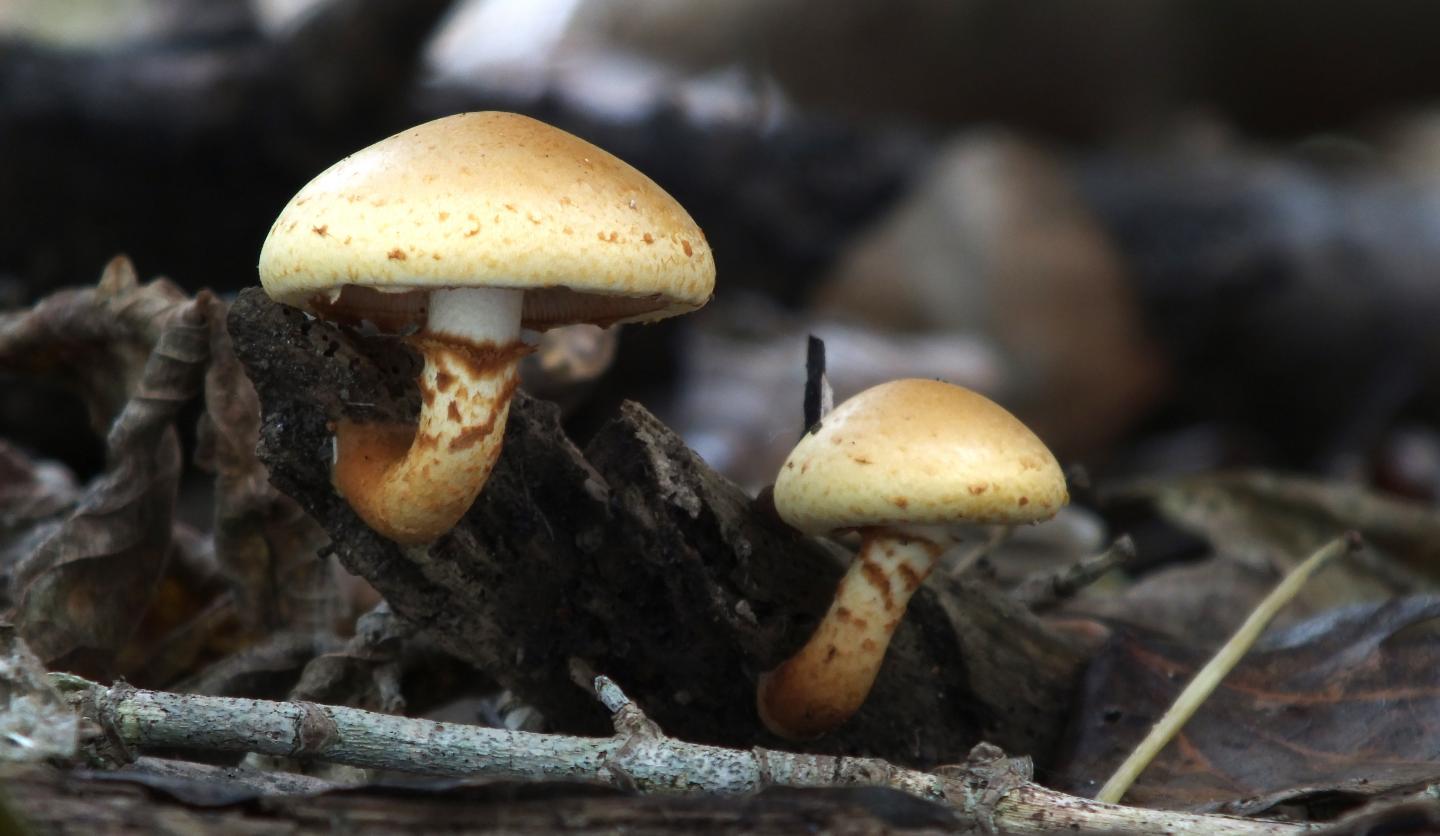
Credit: Professor Laszlo Nagy, Synthetic and Systems Biology Unit, Institute of Biochemistry, BRC-HAS, Szeged 6726, Hungary
Decay is a complex process in which organisms use a repertoire of enzymes to slowly exploit and ultimately digest their hosts. Fungi are master decayers of dead plant matter, including wood. So-called white rot fungi have the special ability to decompose the tough, recalcitrant plant polymer lignin, using enzymes that turn solid wood into a stringy, bleached pulp.
Now professor Laszlo Nagy et al., in a new publication featured in the advanced access online version of the journal Molecular Biology and Evolution, have created a bioinformatics tool, called COMPARE, a novel method of phylogenetic profiling to correlate the evolution of a given phenotypic trait with the pattern of gene family gain, loss and duplication in a set of genomes.
Next, they applied the strategy to the specific question of the evolution of wood decay strategies across fungi to profile each of the fungal species's genomic innovations with a focus on identifying the gene families that enable white rot fungi to decompose wood. White rot fungi can completely break down both the carbohydrates and lignin that make up the wood and bark, making them especially potent recyclers of organic material.
The research team, using data from 62 fungal genomes, not only correctly identified the expansion of peroxidases necessary for lignin degradation in white rot fungi, but also detected a large suite of genes (409 in total) that show statistically significant changes in copy number (duplication/loss events) associated with the gains and losses of white rot wood decay.
"When people think about white rot, they tend to focus on lignin, but these results show that evolution of white rot involved expansions in diverse enzymes, not just those that attack lignin," said corresponding author Laszlo Nagy.
The results have shed light on the complexity of white rot and suggest that its evolution has involved a general elaboration of the decay apparatus, including numerous enzymes with as-yet unknown functions to further explore. These enzymes and the pathways proposed to be involved in wood-decay could lead to improved technologies for biofuel production – an industry that relies on the very same enzymes as fungi use for breaking down plant cell walls. In addition, their COMPARE bioinformatics tool is versatile enough to apply to other studies looking to uncover gene pathways associated with various traits.
###
Media Contact
Joseph Caspermeyer
[email protected]
480-258-8972
@OfficialSMBE
http://mbe.oxfordjournals.org/




